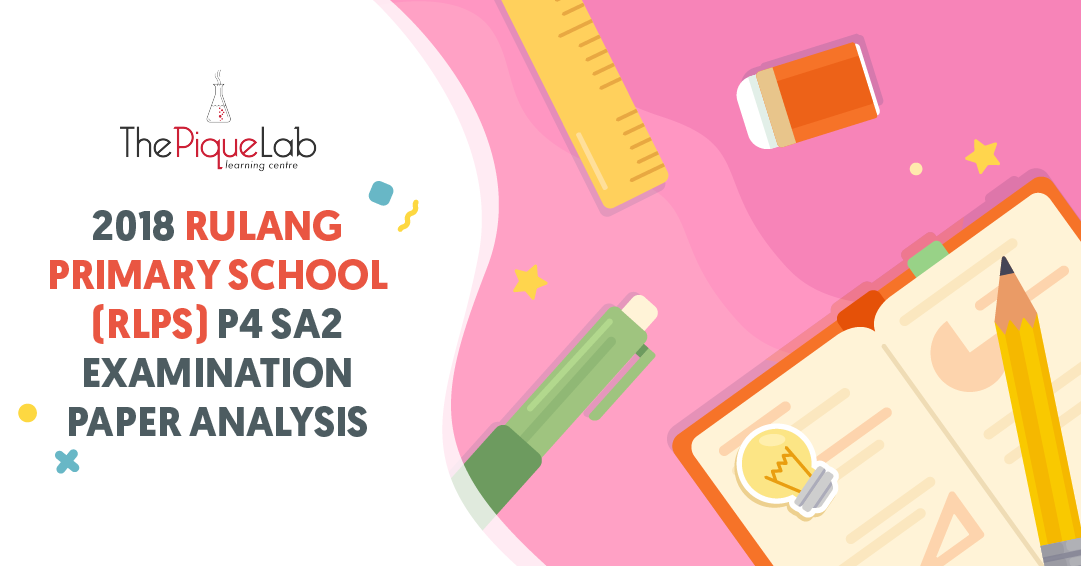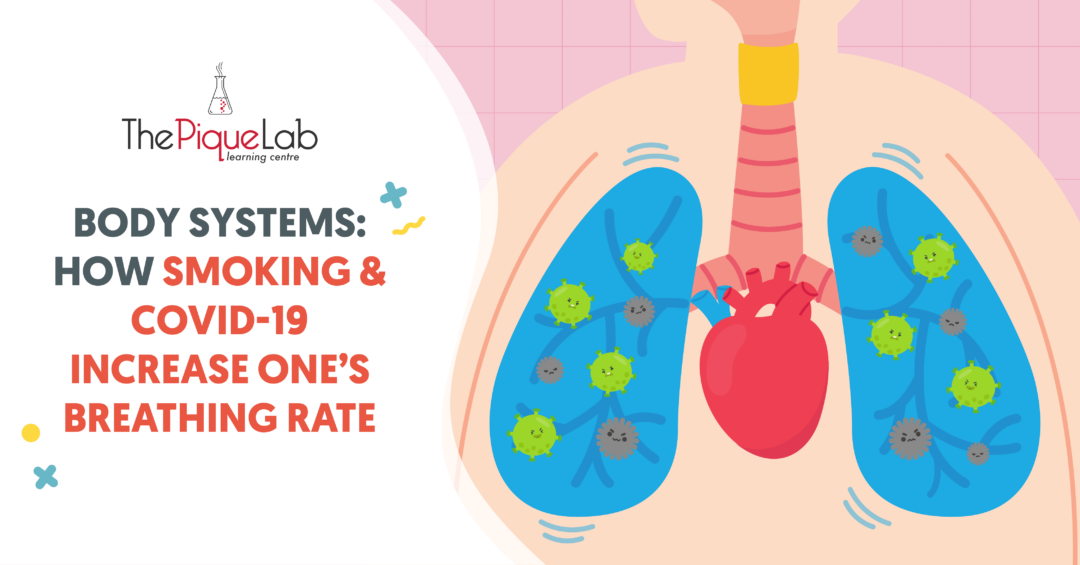Are you familiar with the five types of cells taught in the primary school syllabus?
To answer Cells questions correctly, you would need to know the five different types of cells, the different cell parts and their functions.
In today’s article, I will be analysing a question on Cells from the 2019 Raffles Girls’ Primary School (RGPS) P5 SA1 Examination Paper. I will also be discussing three common examples of how cell parts may be tested during your Science examinations.
You may also choose to watch the video here.
Read Also:
Let’s Get Started On This Question!

Source: Raffles Girls’ Primary School – 2019 P5 SA1 Examination Paper [Q34]
When comparing cells, we need to think about the five types of cells that are taught in the Primary school syllabus.
These five cells can be split into two groups, plant cells and animal cells.

Students need to know the different characteristics of all these cells so that they can describe how each cell differs in terms of parts and accurately identify each cell in examination questions.
Let us take a look at Cell A and Cell B.

We can immediately tell that Cell A is an animal cell and Cell B is a plant cell. This is because Cell B has a special part called the cell wall. What makes the cell wall special?
Only plant cells have a cell wall. Plant cells also have chloroplast, but chloroplast can only be found in parts of the plant that carry out photosynthesis such as the leaf. Root cells will not have chloroplast, but they will have a cell wall.
⭐️ Tip 1: To distinguish between a animal and plant cell, check if the cell has a cell wall.
Let us now try to discern if Cell A is a cheek cell, red blood cell, or sperm cell.

A sperm cell has a tail. Cell A clearly does not have one, so it cannot be a sperm cell.
A red blood cell does not have a nucleus. Cell A clearly has one, which is the grey patch in the middle. Hence, it is not a red blood cell.
The only option left is the cheek cell. This means that Cell A is a cheek cell.
⭐️ Tip 2: The cheek cell is a typical animal cell because it has all the parts that an animal cell needs to have.
Next, let us identify Cell B.

Is Cell B a root cell or a leaf cell? Earlier, we established that leaf cells contain chloroplasts while root cells do not. This is because root cells are located underground and are not exposed to sunlight, and hence do not carry out photosynthesis.
Leaf cells are full of chloroplasts, which contain chlorophyll to trap or absorb sunlight for photosynthesis to make food.
The black ovals in Cell B are chloroplasts, so Cell B has to be a leaf cell.
Now that we know what makes Cell A and Cell B different, but what do they have in common?
Cell A and Cell B both have a cell membrane, nucleus, and cytoplasm. With all this information, we can answer part (a):
Suggested Answer For Part (A)
We have listed the three common parts shared by Cell A and Cell B.
To answer this question, simply pick two out of three similarities from below:
- Both cells have a cell membrane.
- Both cells have a nucleus.
- Both cells have cytoplasm.
Let’s Analyse Part (B)
“It was observed that Z had the presence of greenish pigment under the microscope. State the function of part Z.”
We need to first understand what this greenish pigment is.
There is a common question involving variegated leaves with two colours (usually green and white). This question is structured to test a student’s understanding of the difference between the green and white parts.
Students are expected to relate the green sections of the leaf to the presence of chloroplasts as chlorophyll is a greenish pigment.
Thus, when a Cells question mentions a greenish pigment, we immediately know that it is about chloroplasts.
So, what is the function of Part Z?
Suggested Answer For Part (B)
Part Z is the chloroplast and contains chlorophyll to trap light for photosynthesis to make food.
⭐️ Tip 3: Questions about variegated leaves also often include adding iodine to the leaf. Iodine solution is a yellowish-brown liquid that turns dark blue in the presence of starch, which is a form of food made by plants.
So what happens when iodine solution is dripped on the white part of the plant?
It remains yellowish-brown and does not turn blue.
3 Common Examples Of How Cell Parts May Be Tested During Examinations
1) Cell Membrane
A common question about cell membranes usually includes a before and after diagram:

Both diagrams feature a cell with some substances as indicated by the triangles and crosses.
In the “Before” picture, both the triangles and crosses are outside. In the “After” picture, the triangles are inside while the crosses are outside.
This diagram depicts the function of the cell membrane. The cell membrane controls the movement of substances in and out of the cell. In the diagram above, the cell membrane allows the triangles to enter, but not the crosses.
2) Nucleus
Here is a diagram from a commonly occurring question about nuclei:

Consider this question: If the above cell is cut in half with the nucleus left in only one part (part B), which part of the cell would still be able to survive?
Answer: Part B
This is because the nucleus controls all activities in the cell, and one of those important activities is cell division. Cell division allows for the replacement of damaged parts of the organism’s cell and the growth of the organism.
Part B will therefore survive while Part A, without the nucleus, will die.
3) Cell Wall
The cell wall is also frequently tested using a before-after scenario type question.
In this case, there will be two set-ups. Two different cells placed in water (or any other liquid XYZ etc):

In the first set-up, the cell does not have a cell wall. After being placed in water, the cell burst and you can see the broken fragments of the cell in the container.
This is because water enters the cell through the cell membrane causing the cell to eventually burst.
In the second set-up, the cell has a cell wall. This is usually depicted by a double line where the inner line is the cell membrane and the outer line is the cell wall.
After being placed in water, the cell may sometimes appear to have swollen or gotten bigger, but its shape remains very similar to the original cell.
This is because of the cell wall gives the cell a regular shape and prevents it from bursting when placed in water.
⭐️ Tip 4: Note that the cell wall DOES NOT prevent water or substance XYZ from entering (that is the cell membrane’s job), it only prevents the cell from swelling too much and bursting after the substance enters the cell.
Conclusion
We hope that these examples have demonstrated the importance of knowing the different cell parts and their functions. You need to be able to relate them to the experiments used to test those particular functions to answer questions on cell parts accurately.
Stay tuned for more articles! 🙂

If you like our methodology, we've some upcoming workshops:







